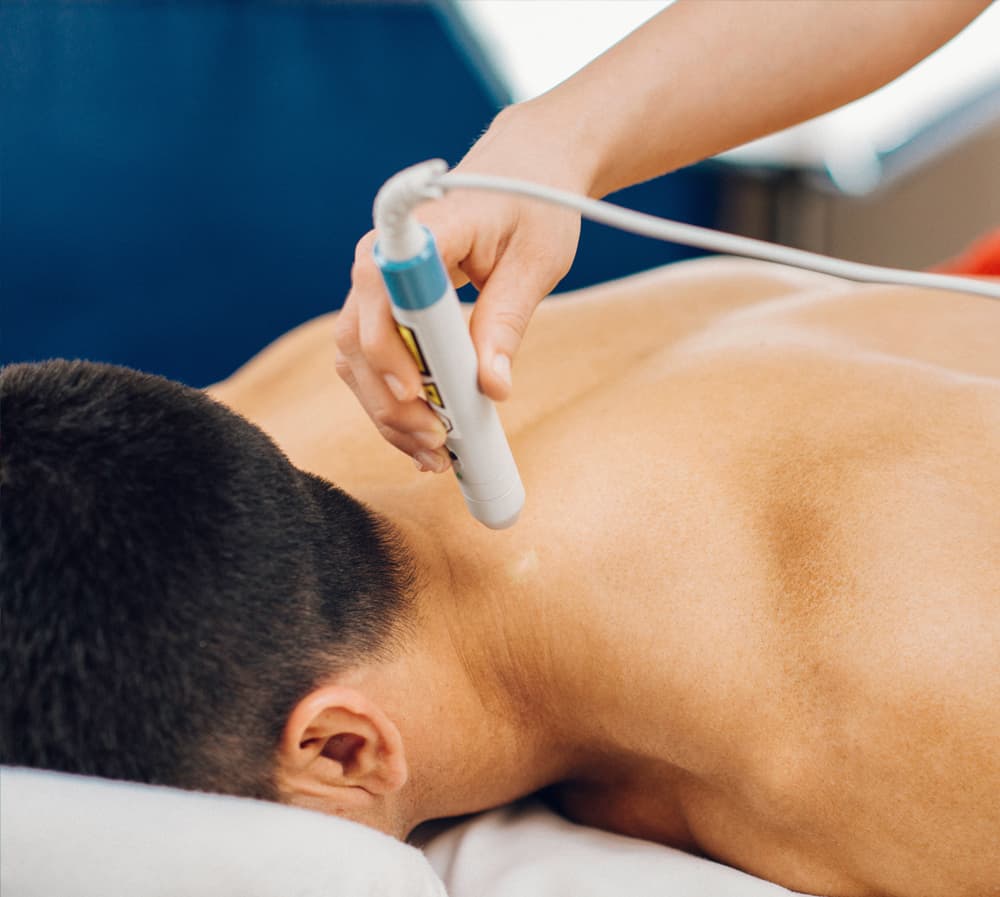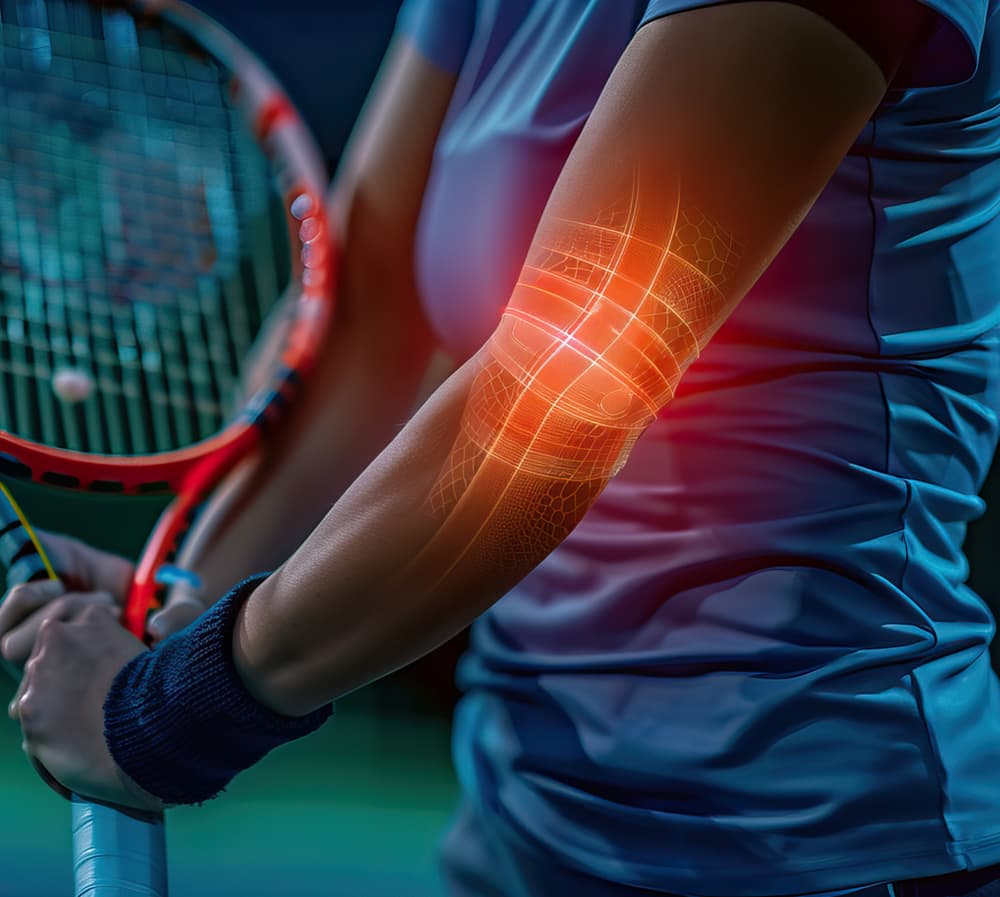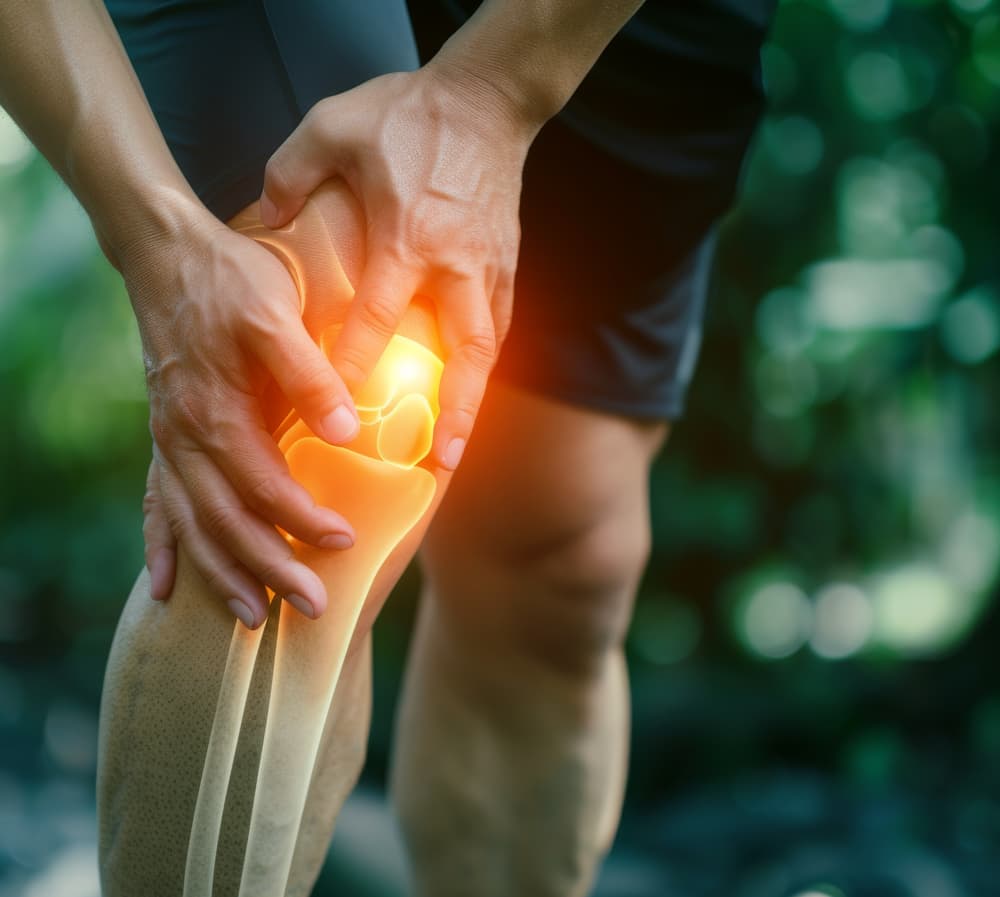
Laser Therapy
The Benefits of Laser Therapy
Low-intensity laser therapy (LILT) has emerged as a revolutionary treatment for relieving pain in damaged soft tissues by facilitating tissue repair and restoring normal cell function. This non-invasive therapy utilizes low levels of laser light to penetrate deep into the affected areas without generating heat. The process triggers biochemical changes within the cells, promoting healing and reducing inflammation.
LILT offers numerous benefits for those suffering from chronic pain conditions, sports injuries, and even post-surgical recovery. Patients often experience a significant reduction in pain and swelling, faster recovery times, and enhanced tissue regeneration. Furthermore, the therapy is painless, easy to administer, and devoid of the side effects commonly associated with pharmaceutical treatments.
Tendinitis, Arthritis, & Muscle Sprains
Research has shown that low-intensity laser therapy can be particularly effective for conditions such as tendinitis, arthritis, and muscle sprains. Tendinitis and arthritis are two common conditions affecting the musculoskeletal system, often leading to pain and discomfort. Despite their similar-sounding names, the causes and nature of these conditions are distinct.
Causes of Tendinitis
Tendinitis is inflammation or irritation of a tendon, which are thick cords that attach muscle to bone. This pain is primarily caused by repetitive motion or overuse of a particular tendon. Such repetitive activities can lead to microtears in the tendon tissue, prompting an inflammatory response. Athletes, musicians, house painters, or anyone whose jobs involve repetitive tasks are particularly susceptible to tendinitis. Additionally, age plays a role; as tendons lose their elasticity with age, individuals can become more prone to this condition. Acute injuries or underlying health conditions like diabetes and rheumatoid arthritis can further exacerbate the risk of developing tendinitis.


Causes of Arthritis
Arthritis, on the other hand, encompasses a range of conditions that involve inflammation of the joints. The two most common types are osteoarthritis and rheumatoid arthritis. Osteoarthritis is primarily caused by wear and tear on the joints over time, leading to the gradual degradation of cartilage that cushions the ends of bones. This form of arthritis is commonly associated with aging but can also result from joint injuries or obesity, which increases stress on joints.
Rheumatoid arthritis is an autoimmune disorder where the immune system mistakenly attacks the synovium, the lining of the membranes that surround the joints. This autoimmune response leads to inflammation, causing damage to the joint tissue. Genetic factors play a significant role in rheumatoid arthritis, and it is also influenced by environmental factors such as smoking or exposure to certain bacteria or viruses.
Understanding the specific causes of these conditions is essential for effective prevention and management. While tendinitis is often related to repetitive strain and physical activity, arthritis has a broader range of causes, including genetics, lifestyle factors, and autoimmune processes. Recognizing these differences highlights the importance of tailored treatment approaches for each condition.
LILT is an Integral Part of Comprehensive Pain Management & Rehabilitation
As more medical practitioners recognize its potential, LILT is becoming an integral part of comprehensive pain management and rehabilitation programs worldwide. By accelerating the body’s natural healing processes, laser therapy not only alleviates pain but also improves the overall quality of life for patients.
